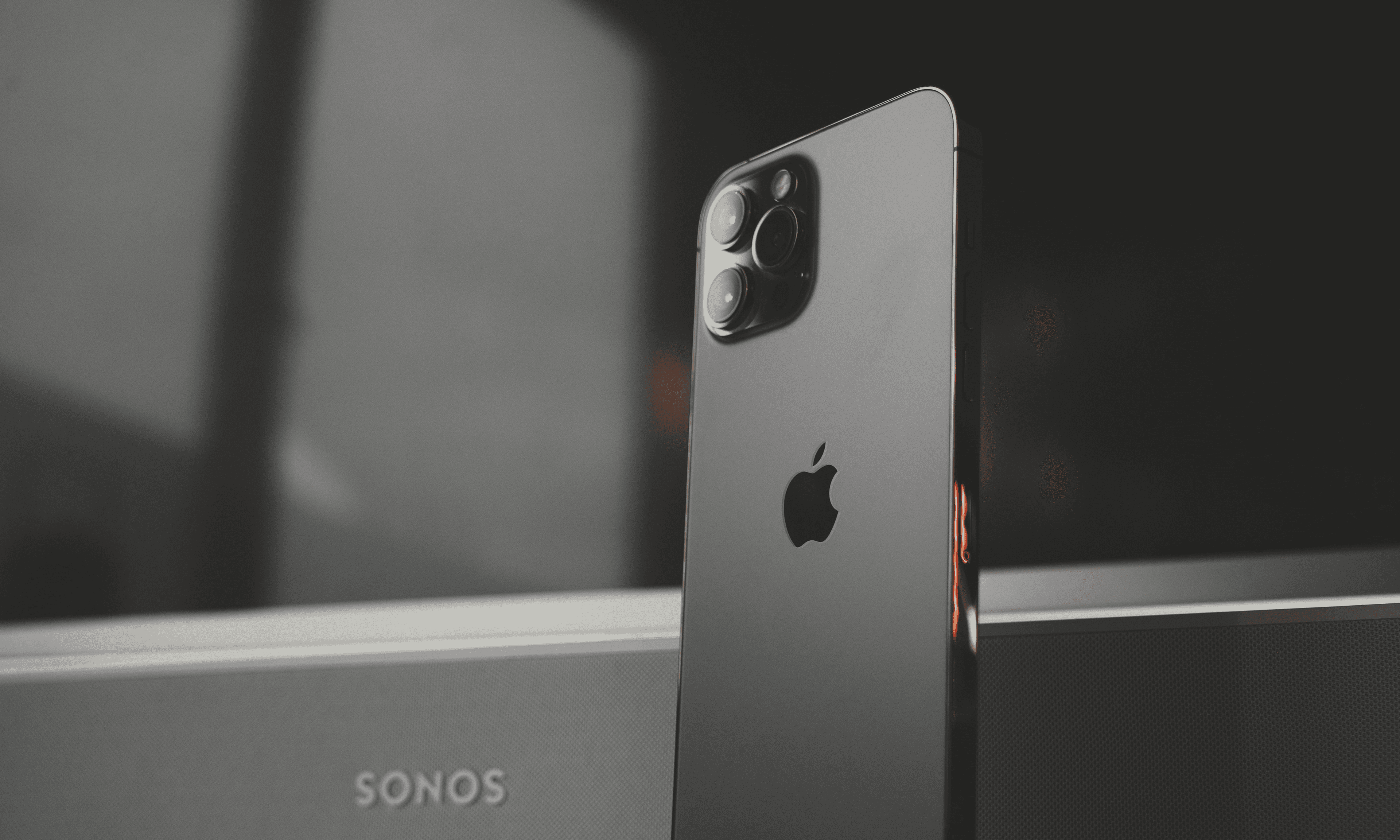
This week CES is in full swing in Las Vegas showcasing magnificent technology and nifty innovations from companies and startups around the world.
Among remarkable robotics, AI, smart home appliances, VR and AR products, we’ve seen the very first smartphone with a fingerprint reader embedded in the display that actually works.
Chinese phone maker Vivo presented its under-display fingerprint sensor in summer last year during Mobile World Congress in Shanghai. The science behind it is that when fingerprint touches the dedicated area on a smartphone’s display, ultrasonic signals transmit it from the OLED glass to the sensor itself underneath the screen. The phone unlocks and the display can be used without any limitations as it would be with a traditional home button.
One of the biometrics industry leader Synaptics recently announced ClearID sensor - fingerprint authentication breakthrough. In collaboration, Vivo at CES featured the first smartphone with front under-display fingerprint sensor.
Synaptics Optical Clear ID entered mass production with top 5 leading manufacturers in December to bring the innovative sensor to users. Clear ID delivers well-known and loved by so many phone users one-touch authentication method and it's twice as fast as 3D facial recognition.
Optical sensor provides high accuracy scanning through the OLED glass and won’t underperform in wet, cold or dry conditions. The sensor is responsive at any angle meaning that users can unlock their phone without following positioning guidelines and restrictions.
When a screen is turned off, the fingerprint readers in current smartphones are always awake and waiting to detect your fingerprint. Vivo’s phone acts exactly the same except the part when placing a finger onto the reader, the sensor illuminates the fingerprint with blue light for optical signals to read it and transmit over to the sensor under the OLED display.
Thanks to this progressive tech 2018 may be the year when smartphones erase their borders and we’ll have a pure screen. The only Clear ID Optical Sensor limitation is only OLED compatibility. The sensor can work only being implemented under OLED panels because they are fairly transparent to let the light come through. Meaning smartphone makers who desire a truly infinity display on their smartphones will have to switch to OLED if they haven’t already.
What we have seen from hands-on videos we can say the beta version is solid and the process of registering your fingerprint is in no way different than before. The phone presented by Vivo at CES isn’t a final model, but it may get its shape and tweaks ready for early 2018 release.
Being smartphone users ourselves we prefer fingerprint authentication on the front of the phone, where it belongs naturally. The year 2017 set a rapidly shifting trend of bezel-less screens and Clear ID Optical Sensor is the only consumer-friendly solution bringing the scanner back where it belongs. It’s a great opportunity for the smartphone market and we can’t see the new line-ups of sleek phones with this top feature.


The iPhone used to define innovation. So why does every new model now feel the same? Discover why Apple’s innovation story may be running out of pages.

We’ve looked at our own trade-in price data for Apple, Samsung, and Google flagships and foldables - the most popular trio of phone brands - to determine how fast their phones depreciate, and which ones are the worst and the best at holding their value over the first and second year on the market.
With Pixels becoming a decent contender for your upgrade choice, we’ve crunched the numbers to reveal depreciation patterns of Google Pixel phones.